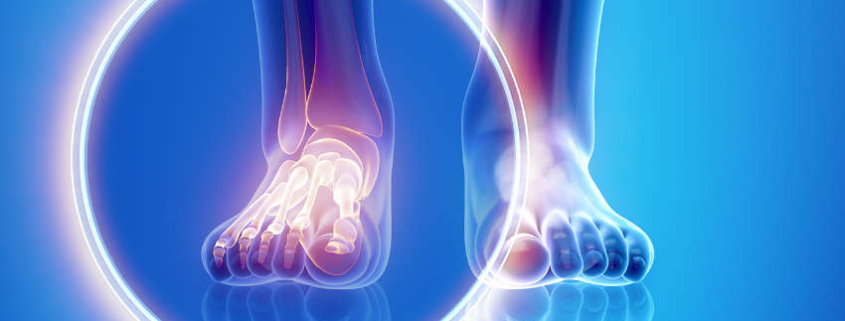Fascia and nerve entrapment
“I Know of no part of the body that equals the fascia as a hunting ground…. All nerves go to and terminate in that great system, the fascia.”
—Philosophy and Mechanical Principles of Osteopathy A.T. Still M.D.
Fascia and nerve entrapment.
Nerve entrapment involves compression of a nerve or nerve root, causing pain, numbness, tingling, sensitivity and/or weakness. As nerves travel through the body they pass through and beside muscles, alongside bones and joint spaces, and in and around organs. In all of these cases, nerves are wrapped in a protective coat of fascia. Fascia is connective tissue that forms a web matrix that interconnects everything in the body. Fascia is a thin film of shrink wrap like connective tissue that surrounds every organ, blood vessel, bone, nerve fibre and muscle.
Fascia is made up of multiple layers which stretch with movement. Healthy fascia is smooth, slippery and flexible. Healthy and unobstructed muscles glide smoothly and cleanly across other muscles, tendons, ligaments, lymphatic channels and nerves. However, if adhesions are present, the result is often friction and restriction of normal movement. Adhesions are bands of scar-like tissue that form between two surfaces inside the body and cause them to stick together. Adhesions can prevent normal and smooth movement of the tissues with their surrounding structures, causing problems such as chronic pain, joint stress and nerve entrapment. They can also cause friction or improper interaction with nearby structures resulting in inflammation. Over time, inflammation will build leading to pain, fluid accumulation and restricted motion and flexibility. And, in many instances, nerves can become enveloped in the tissue and compressed. If a nerve runs through impaired muscle, fascia, or visceral tissue, the entwined nerve can be pinched or pulled by the fibrous scar, causing pain signals to be sent.
Together, muscle and fascia can misalign bones, produce mechanical and postural distortions, compartment syndromes, adhesions, and cause severe pain and eventually joint damage. Much of this is due to entrapment of nerves and blood vessels. Many common pains, from knee pain and back pain (including some forms of arthritis and other joint problems) to head and neck pain, can be traced to muscles and fascia.
Multiple contributing factors may cause fascia to thicken and become sticky forming adhesions. Prolonged sitting, poor posture, postural imbalances, limited physical activity, inappropriate biomechanically incorrect exercise, repetitive movement that overworks one part of the body, athletic injuries, surgical scar tissue, trauma, psychological stressors, sleep deprivation, chronic disease states, vitamin insufficiencies, and spinal degenerative conditions.
Fascial adhesions require treatment because the body has no mechanism for mobilizing these strands of scar tissue naturally. Although the body can sometimes adapt and tolerate a certain amount of adhesive scar tissue, it will fail to function optimally, predisposing itself to repeated injury.
Osteopathic treatment focuses on relieving pain, getting tight fascia and muscle fibres to relax, combined with postural, ergonomic and exercise advice. The goal is to restore function to inflexible fascia and muscle thus promoting normal function of nerve, circulation and lymphatic pathways. Using their hands, osteopaths palpate to find the path of fascial restriction in the patient’s body and using osteopathic techniques such as myofascial release, cranial osteopathy, Chapmans reflexes, joint release aim to restore normal function. This path of fascial movement can reach the full length of the body and cross over between sides. Stress and injury can cause guarding behaviour and tissue tightness that become permanent over time, and osteopathic treatment may help a person recover from the physical and emotional effects of stress and trauma on the body. Fascia also holds tissue memory, and in releasing it, sometimes there is a release of emotions tied to an injury that was a cause of the problem. For some people, adhesions can worsen over time, causing the fascia to compress and contort the anatomy it surrounds. If you have been experiencing the uncomfortable symptoms of your arms going to sleep, pain down the leg or numb fingers you may want to consider visiting an osteopath.
View a list of common complains that Osteopathy can assist with
Discovery the benefits of Osteopathy
- What is Osteopathy?
- Adult health issues
- Babies and Children
- During and after pregnancy
- Common Complaints
- Testimonials
- Sports Injuries
- Genral Osteopathy FAQs
- The Science & Reasearch



